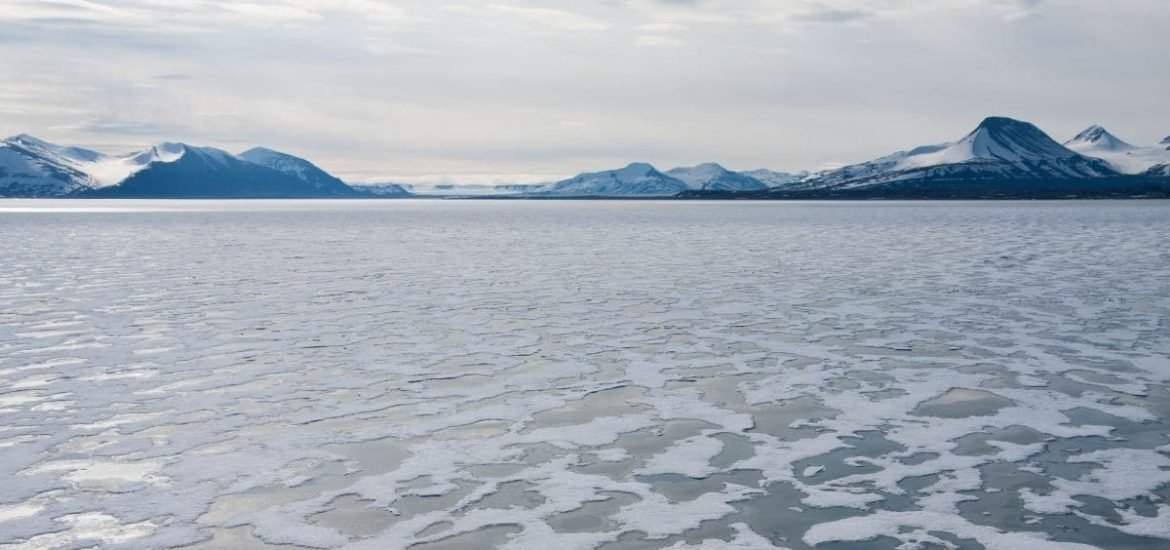
On 15 September, satellites recorded an arctic sea ice level of 3.74m sq km, the second-lowest minimum in the 42-year satellite record, according to the latest report released by the US National Snow and Ice Data Center (NSIDC) in Boulder, Colorado on 21 September.
Sea ice cover varies seasonally: In winter, the entire Arctic Ocean and neighbouring seas are covered in ice, which begins to thin and shrink in late spring, reaching its lowest extent in late September or early October just before it begins to expand and thicken again during fall and winter.
The 14 lowest extents have all occurred in the last 14 years, which is an indication that climate change is transforming the Arctic region. The lowest minimum Arctic sea ice extent (3.41m sq km) was recorded in 2012 after a late-season storm broke up the remaining ice – but is not far from measurements frequently recorded by scientists today.
Since 1979, the minimum Arctic sea-ice extent has shrunk by an average of 13.4 per cent per decade due to rising temperatures. The remaining ice is often thinner and more delicate, making it more vulnerable to melting. This loss of sea ice is threatening wildlife, disrupting the transpolar drift, and could lead to changes in weather patterns around the world.
In spring of 2020, the Arctic sea ice began to melt early due to a Siberian heat wave resulting in temperatures 8 to 10 degrees Celsius warmer than the average, which led to a rate of ice loss between 31 August and 5 September faster than during any other year on record. The Siberian heatwave would have been near impossible without human-induced climate change, another team of scientists reported in July.
“It was just really warm in the Arctic this year, and the melt seasons have been starting earlier and earlier,” said Nathan Kurtz, a sea ice scientist at NASA’s Goddard Space Flight Center in Greenbelt, Maryland in a statement. “The earlier the melt season starts, the more ice you generally lose”.
Scientists have also observed that less multi-year ice is built up over multiple winters. “As the sea ice cover extent declines, what we’re seeing is we’re continuing to lose that multiyear ice,” said Mark Serreze, the director of NSIDC. “The ice is shrinking in the summer, but it’s also getting thinner. You’re losing extent, and you’re losing the thick ice as well. It’s a double whammy.”
Thinner ice melts much more quickly in the spring and the dark patches of open water left behind absorb solar radiation rather than reflecting it back out of the atmosphere, which further amplifies warming. This may explain why arctic temperatures have risen three times faster than the rest of the world over the past three decades.
Shrinking sea ice is part of an overall transition to a new Arctic climate. The authors of the NSIDC report wrote: “In the Arctic, weather that used to be considered extreme is becoming the norm. The summer of 2020 is clearly representative of this new Arctic”.